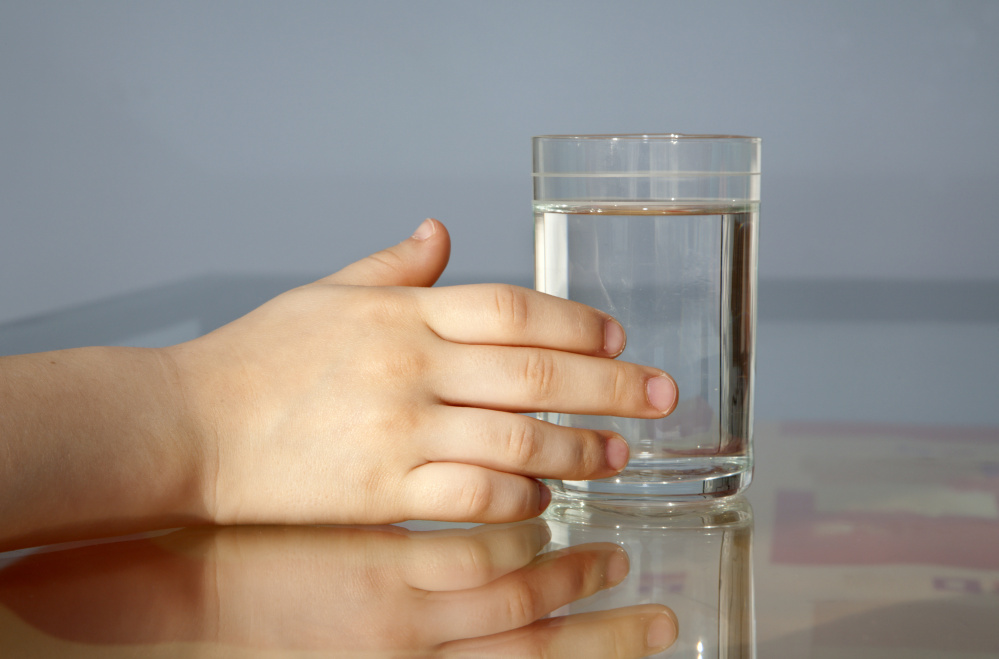When people know the risks that come with drinking well water in Maine, they in large part take appropriate action. With that in mind, the state should be yelling about those risks from the rooftops – instead, it is registering barely above a whisper.
In fact, Maine’s problem with arsenic-laced drinking water gets the most exposure every two years or so, when the matter comes before the Legislature. However, that attention is fleeting – in 2015, a bill aimed at encouraging well tests failed to overcome a veto by Gov. LePage, and nearly two years have passed without a public effort to combat contaminated well water that is commensurate with the damage it causes.
A similar bill is now back before the Legislature, and we hope enough lawmakers will see that the state can’t afford to stay quiet any longer.
The problem starts with the bedrock common to Maine. Naturally occurring arsenic can seep out of that rock and into the groundwater that through private wells provides nearly half of Mainers with drinking water.
About 1 in 8 Maine wells has a level of arsenic higher than the federal standard, and in some regions – Down East, in the Augusta area and along the southern coast – the rate is far higher. In Kennebec County, for instance, 29 percent of wells exceeded the federal standard.
More than half of Maine wells, however, haven’t even been tested, putting tens of thousands of Mainers at risk.
Among many other ailments, arsenic consumption has been linked to various cancers – the elevated incidence of bladder cancer in northern New England has been associated with the use of well water.
Arsenic also causes problems for neurological development in children. A study found that students on well water in the Augusta area and York County lost an average of 6 IQ points compared to their peers on public water.
When people know these risks, they typically take steps toward mitigation – testing, then some sort of filtration system if necessary. A study in Maine by Columbia University found that 73 percent of participants took action after being directly notified that something could be wrong with their well.
But the word isn’t reaching everyone. While the testing rate has jumped in the last 15 years, it is still below 50 percent. The response simply has not matched the scope of the problem; the LePage administration even declined to reapply for a two-year federal grant aimed at increasing well testing.
That could change with L.D. 454. Sponsored by state Rep. Karen Vachon, R-Scarborough, the bill would assess a $10 fee for every test done at the state water-testing lab to pay for outreach and education.
Coupled with funding to help low-income Mainers with problem wells purchase filtration systems, it would make a real difference. Research has shown that people will respond to a campaign of similar messages over various media – think newspaper, TV and radio ads, and fliers in the mail, at school and at the doctor’s office.
That message has been muffled. Lawmakers should vote to make it loud and clear.
Send questions/comments to the editors.



Comments are no longer available on this story